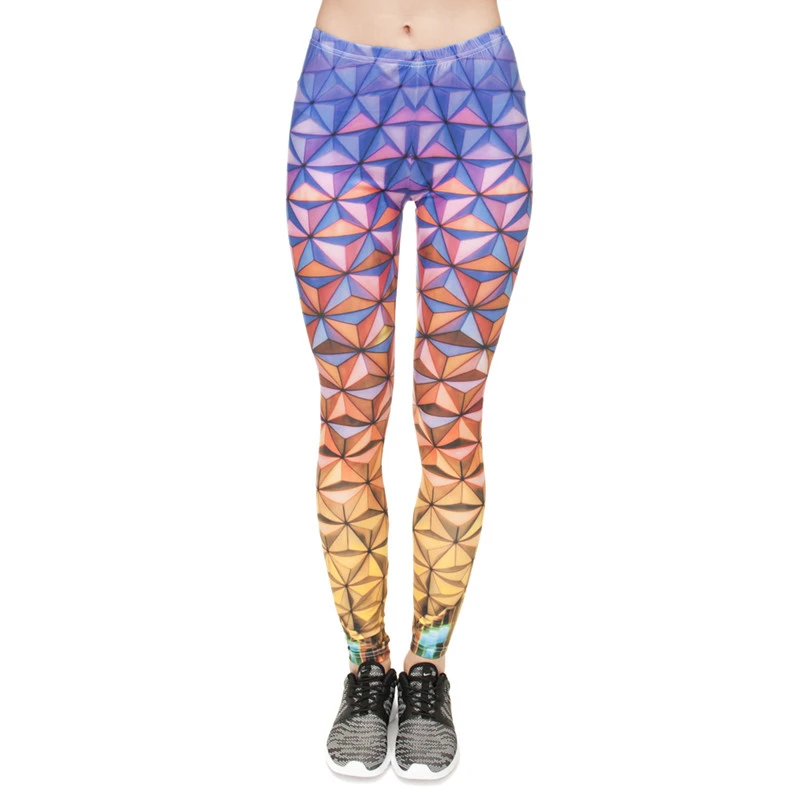3D Glass Printing Methods : complex glass structures
[ad_1]
Introduction:
3D printing technology has revolutionized the manufacturing industry by enabling the creation of complex structures without the need for molds or tooling. However, traditional 3D printing methods are limited in their ability to print glass, a popular and versatile material used in a wide range of applications. Heating glass to high temperatures, a necessary step in traditional glass printing methods, can cause damage to objects, making them unsuitable for certain applications.
Researchers at MIT Lincoln Laboratory have developed a revolutionary breakthrough in 3D printing technology, a new 3D printing technique that can create complex glass structures without heating them to high temperatures. This technique uses a special ink made of water glass and particle components that can be extruded in a filament form and printed layer by layer. The technique can produce glass with unique optical, electrical, and chemical properties by embedding nanoparticles or other additives in the ink.
How does 3D printing of glass work?
The 3D printing technique developed by the researchers at MIT Lincoln Laboratory works by using a special ink made of water glass and particle components that can be extruded in a filament form and printed layer by layer. After printing, the glass structure is submerged in a mineral oil bath to evaporate the water and harden the glass. The technique can enable glass to be integrated with temperature-sensitive microelectronics, such as silicon-based devices because it does not require heating above 250°C.
What are the advantages of 3D printing of glass?
The new 3D printing technique developed by the researchers at MIT Lincoln Laboratory has several advantages over traditional glass printing methods. Firstly, it can create complex glass structures without the need for heating them to high temperatures, thus protecting delicate objects that are vulnerable to heat. Secondly, it can produce glass with unique optical, electrical, and chemical properties by embedding nanoparticles or other additives in the ink. This makes glass more versatile and useful in a wide range of applications. Additionally, the technique can enable glass to be integrated with temperature-sensitive microelectronics, such as silicon-based devices because it does not require heating above 250°C.
What are the applications of 3D printing of glass?
The new 3D printing technique developed by the researchers at MIT Lincoln Laboratory has numerous applications in various fields. It can be applied in the field of architecture, where it can produce intricate glass facades using unique designs that are difficult to produce using traditional glass manufacturing techniques. Additionally, the technique can produce microfluidic devices, which are used in the medical field and enable the analysis of minuscule quantities of fluids. It can also produce optical fibers and even 3D glass sculptures. This shows the versatility of the technique and its far-reaching applications.
What are the limitations of 3D printing of glass?
Although the new 3D printing technique developed by the researchers at MIT Lincoln Laboratory has several advantages, it also has a few limitations. Firstly, the technique is limited to creating smaller glass structures, as large structures require more time and resources, making them impractical. Secondly, it is expensive compared to traditional glass manufacturing techniques. Finally, the technique is still in its infancy, and more research is necessary to determine its long-term benefits and limitations.
Conclusion:
The new 3D printing technique developed by the researchers at MIT Lincoln Laboratory has revolutionized the glass manufacturing industry by enabling the creation of complex glass structures without the need for high-temperature heating. The technique uses a special ink made of water glass and particle components that can be extruded in a filament form and printed layer by layer. The technique can produce glass with unique optical, electrical, and chemical properties by embedding nanoparticles or other additives in the ink. Additionally, the technique can enable glass to be integrated with temperature-sensitive microelectronics because it does not require heating above 250°C. Although the technique has limitations, its applications in various fields show its far-reaching potential.
FAQs:
Q1. Can the 3D printing technique developed by MIT Lincoln Laboratory produce large glass structures?
The technique is limited to creating smaller glass structures, as large structures require more time and resources, making them impractical.
Q2. Is 3D printing of glass more expensive than traditional glass manufacturing techniques?
The technique is expensive compared to traditional glass manufacturing techniques.
Q3. What are the applications of the new 3D printing technique?
The technique can be applied in various fields, including architecture, medical devices, optical fibers, and 3D sculptures.
Q4. What are the unique properties of the glass produced using the 3D printing technique?
The glass can have unique optical, electrical, and chemical properties, which can be enhanced by embedding nanoparticles or other additives in the ink.
Q5. Is the new 3D printing technique patented?
Yes, the Lincoln Laboratory is currently patent-pending on this technology, as it is a revolutionary breakthrough in 3D printing for complex glass structures.
[ad_2]








